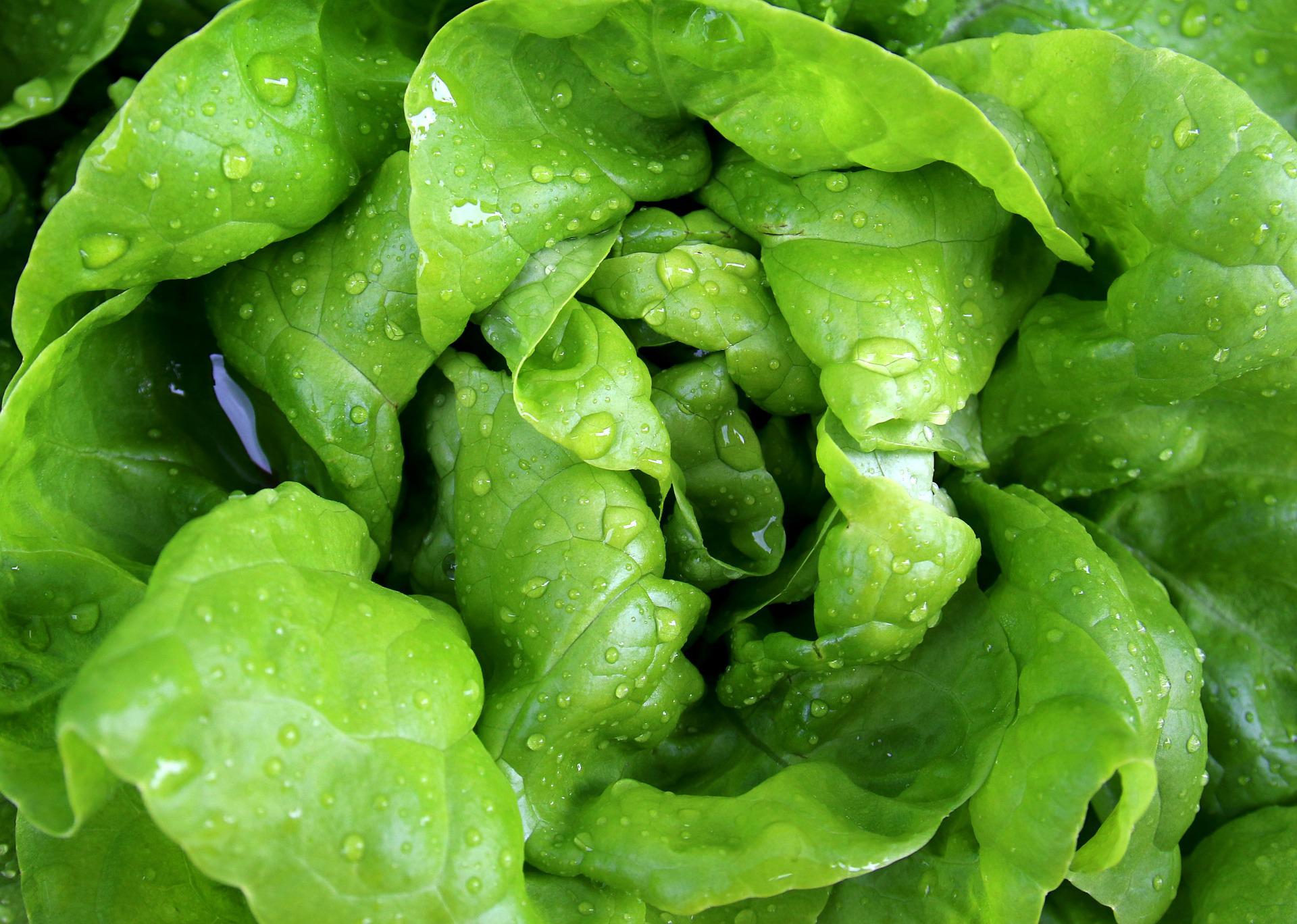Lettuce is a plant suited to mild climates. The optimal temperatures during the vegetative phase for the development of lettuce (heads or rosettes) range from 12 to 20°C.
For germination, the minimum temperatures are between 2 and 5°C, while the optimal range is 15 to 20°C, under which lettuce can germinate in just 3 to 5 days.
Temperatures above 25°C can induce secondary dormancy, reducing the germination rate of normally viable seeds by more than 50% (depending on the cultivar).
- Above 30°C, most cultivars do not germinate.
- Germination and sprouting are faster in light.
- Young lettuce seedlings can withstand temperatures down to -5°C, and well-rooted plants with 5-7 leaves can endure the conditions of a continental winter. The closer lettuce is to technological maturity, the more sensitive it becomes to low temperatures. Transitioning to the generative phase (bolting) is promoted by long days, high air and soil temperatures, and the vernalization of sprouted seeds or young plants.
- Vernalization occurs in sprouted seeds at temperatures between 2 and 8°C over 2 to 20 days.
Lettuce is a long-day plant. When the day length exceeds 13 hours, bolting occurs after the complete or partial end of the vegetative phase (depending on the cultivar). Summer lettuce cultivars are neutral to day length.
Soils suitable for the cultivation and development of lettuce are medium-heavy and well-structured, although slightly lighter soils, which warm up more quickly, are recommended for earlier cultivation. Lettuce responds best to neutral soil reactions (pH 7). It is very sensitive to high salt concentrations in the soil, especially chloride. A salt content of 0.3 – 0.4% can cause significant damage to lettuce. Given the diverse climate in Croatia and the variety of cultivars adapted to different climatic conditions, it is possible to grow and develop lettuce throughout the entire year.













































